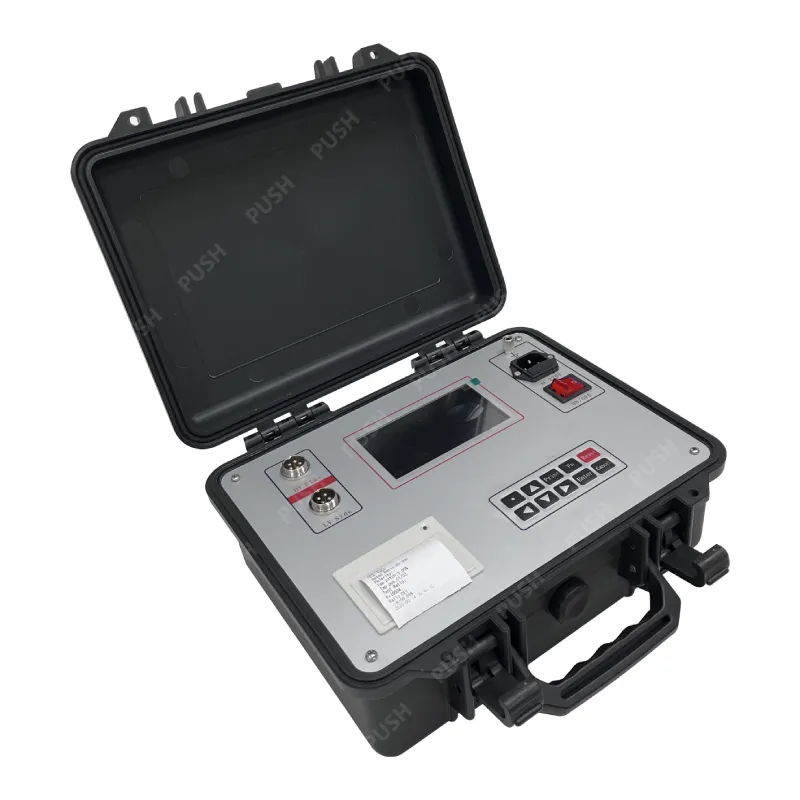TEL:
+86-0312-3189593
 English
English

Telephone:0312-3189593

Email:sales@oil-tester.com

-
 Afrikaans
Afrikaans -
 Albanian
Albanian -
 Amharic
Amharic -
 Arabic
Arabic -
 Armenian
Armenian -
 Azerbaijani
Azerbaijani -
 Basque
Basque -
 Belarusian
Belarusian -
 Bengali
Bengali -
 Bosnian
Bosnian -
 Bulgarian
Bulgarian -
 Catalan
Catalan -
 Cebuano
Cebuano -
 China
China -
 China (Taiwan)
China (Taiwan) -
 Corsican
Corsican -
 Croatian
Croatian -
 Czech
Czech -
 Danish
Danish -
 Dutch
Dutch -
 English
English -
 Esperanto
Esperanto -
 Estonian
Estonian -
 Finnish
Finnish -
 French
French -
 Frisian
Frisian -
 Galician
Galician -
 Georgian
Georgian -
 German
German -
 Greek
Greek -
 Gujarati
Gujarati -
 Haitian Creole
Haitian Creole -
 hausa
hausa -
 hawaiian
hawaiian -
 Hebrew
Hebrew -
 Hindi
Hindi -
 Miao
Miao -
 Hungarian
Hungarian -
 Icelandic
Icelandic -
 igbo
igbo -
 Indonesian
Indonesian -
 irish
irish -
 Italian
Italian -
 Japanese
Japanese -
 Javanese
Javanese -
 Kannada
Kannada -
 kazakh
kazakh -
 Khmer
Khmer -
 Rwandese
Rwandese -
 Korean
Korean -
 Kurdish
Kurdish -
 Kyrgyz
Kyrgyz -
 Lao
Lao -
 Latin
Latin -
 Latvian
Latvian -
 Lithuanian
Lithuanian -
 Luxembourgish
Luxembourgish -
 Macedonian
Macedonian -
 Malgashi
Malgashi -
 Malay
Malay -
 Malayalam
Malayalam -
 Maltese
Maltese -
 Maori
Maori -
 Marathi
Marathi -
 Mongolian
Mongolian -
 Myanmar
Myanmar -
 Nepali
Nepali -
 Norwegian
Norwegian -
 Norwegian
Norwegian -
 Occitan
Occitan -
 Pashto
Pashto -
 Persian
Persian -
 Polish
Polish -
 Portuguese
Portuguese -
 Punjabi
Punjabi -
 Romanian
Romanian -
 Russian
Russian -
 Samoan
Samoan -
 Scottish Gaelic
Scottish Gaelic -
 Serbian
Serbian -
 Sesotho
Sesotho -
 Shona
Shona -
 Sindhi
Sindhi -
 Sinhala
Sinhala -
 Slovak
Slovak -
 Slovenian
Slovenian -
 Somali
Somali -
 Spanish
Spanish -
 Sundanese
Sundanese -
 Swahili
Swahili -
 Swedish
Swedish -
 Tagalog
Tagalog -
 Tajik
Tajik -
 Tamil
Tamil -
 Tatar
Tatar -
 Telugu
Telugu -
 Thai
Thai -
 Turkish
Turkish -
 Turkmen
Turkmen -
 Ukrainian
Ukrainian -
 Urdu
Urdu -
 Uighur
Uighur -
 Uzbek
Uzbek -
 Vietnamese
Vietnamese -
 Welsh
Welsh -
 Bantu
Bantu -
 Yiddish
Yiddish -
 Yoruba
Yoruba -
 Zulu
Zulu
Faoi . 11, 2025 10:23
Back to list
oil dielectric breakdown voltage test
The dielectric test on transformer oil is an essential assessment that determines the integrity and efficacy of the oil insulator within a transformer. This process is pivotal to ensuring transformers operate safely and effectively, making it a focal point for manufacturers, operators, and maintenance professionals.
Expertise in analyzing dielectric test results hinges upon understanding the chemical and physical interactions within transformer oil. Experts often complement dielectric tests with chemical analyses, including water content measurement, acidity tests, and dissolved gas analysis. This provides a thorough perspective on both the electrical and chemical state of the oil, empowering maintenance crews to make educated decisions. Significant in building authoritativeness is following established standards like the ASTM D877 or IEC 60156, recognized globally for consistency and reliability. Adhering to such standards, practitioners affirm the legitimacy and accuracy of their tests. Engaging with these standards ensures that professionals conduct methods that bear international trust and acceptance, paving the way for optimized transformer performance and longevity. Trustworthiness in conducting and interpreting dielectric tests not only resides in application and methodology but also in transparency. Industries committed to plant safety and operational efficiency welcome audits and reviews of their maintenance practices, often participating in shared databases for oil quality benchmarks. Doing so fills gaps in operator knowledge and refines strategies for better infrastructure management. In conclusion, dielectric testing of transformer oil is a critical, detailed, and systematic component of transformer maintenance. Industry professionals rely heavily upon accurate testing methodologies to anticipate and avert transformer failures. Through learned experience, scientific expertise, adherence to authoritative standards, and transparent operations, organizations greatly enhance the trustworthiness and safety of their electrical systems. The diligence applied to dielectric testing is reflected in the performance reliability of transformers, underscoring the test's invaluable role in electrical infrastructure.


Expertise in analyzing dielectric test results hinges upon understanding the chemical and physical interactions within transformer oil. Experts often complement dielectric tests with chemical analyses, including water content measurement, acidity tests, and dissolved gas analysis. This provides a thorough perspective on both the electrical and chemical state of the oil, empowering maintenance crews to make educated decisions. Significant in building authoritativeness is following established standards like the ASTM D877 or IEC 60156, recognized globally for consistency and reliability. Adhering to such standards, practitioners affirm the legitimacy and accuracy of their tests. Engaging with these standards ensures that professionals conduct methods that bear international trust and acceptance, paving the way for optimized transformer performance and longevity. Trustworthiness in conducting and interpreting dielectric tests not only resides in application and methodology but also in transparency. Industries committed to plant safety and operational efficiency welcome audits and reviews of their maintenance practices, often participating in shared databases for oil quality benchmarks. Doing so fills gaps in operator knowledge and refines strategies for better infrastructure management. In conclusion, dielectric testing of transformer oil is a critical, detailed, and systematic component of transformer maintenance. Industry professionals rely heavily upon accurate testing methodologies to anticipate and avert transformer failures. Through learned experience, scientific expertise, adherence to authoritative standards, and transparent operations, organizations greatly enhance the trustworthiness and safety of their electrical systems. The diligence applied to dielectric testing is reflected in the performance reliability of transformers, underscoring the test's invaluable role in electrical infrastructure.
Previous:
Latest news
-
Exploring the Main Types of Industrial Endoscopes and Their Applications Across IndustriesNewsJul.04,2025
-
Testing Equipment Industry Sees Major Advancements in 2025: Smart & Precision Technologies Lead the WayNewsJun.06,2025
-
Applications of Direct Current Generators in Renewable Energy SystemsNewsJun.05,2025
-
Hipot Tester Calibration and Accuracy GuidelinesNewsJun.05,2025
-
Digital Circuit Breaker Analyzer Features and BenefitsNewsJun.05,2025
-
Benefits of Real-Time Power Quality Monitoring Devices for Industrial EfficiencyNewsJun.05,2025



